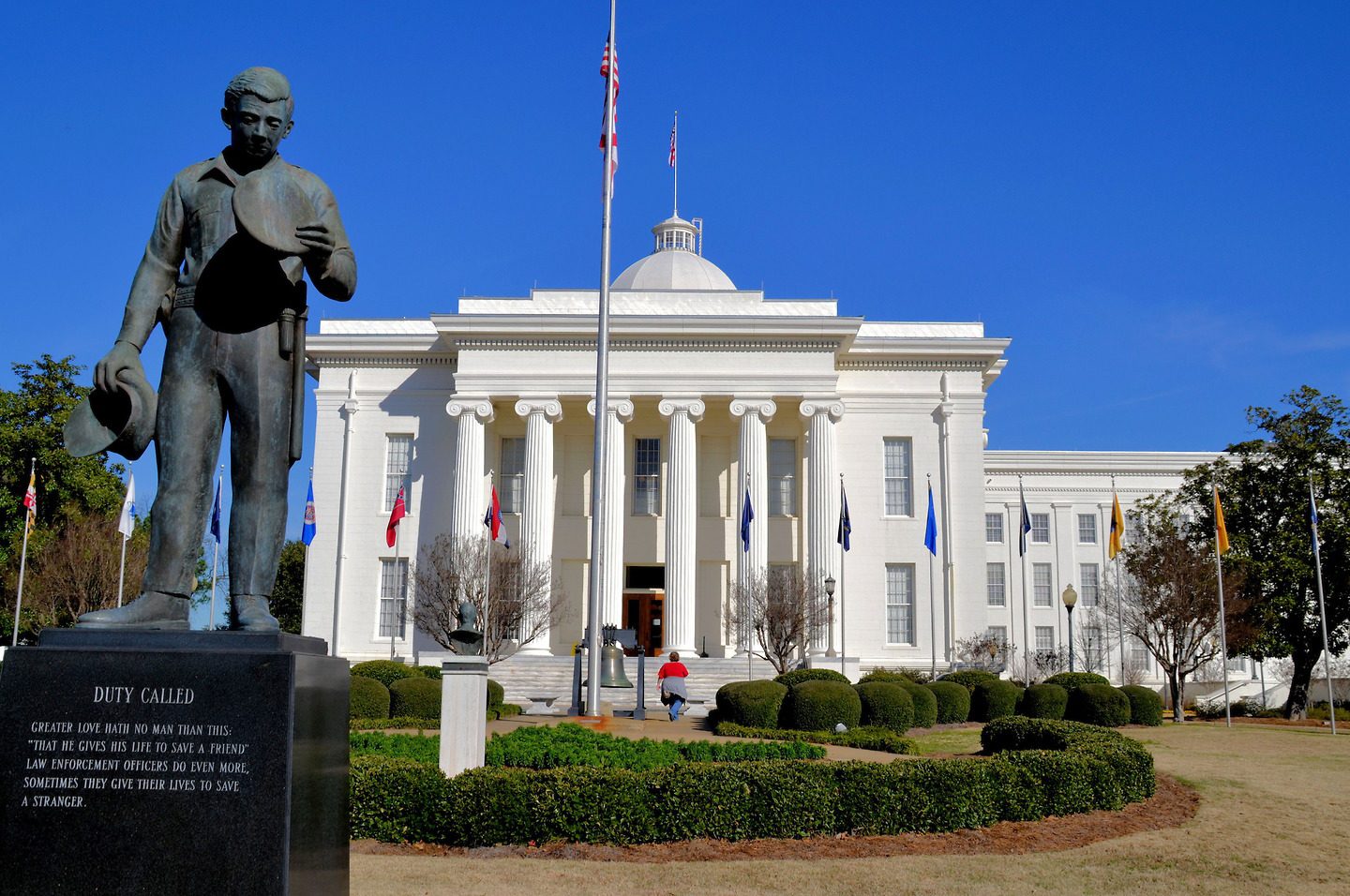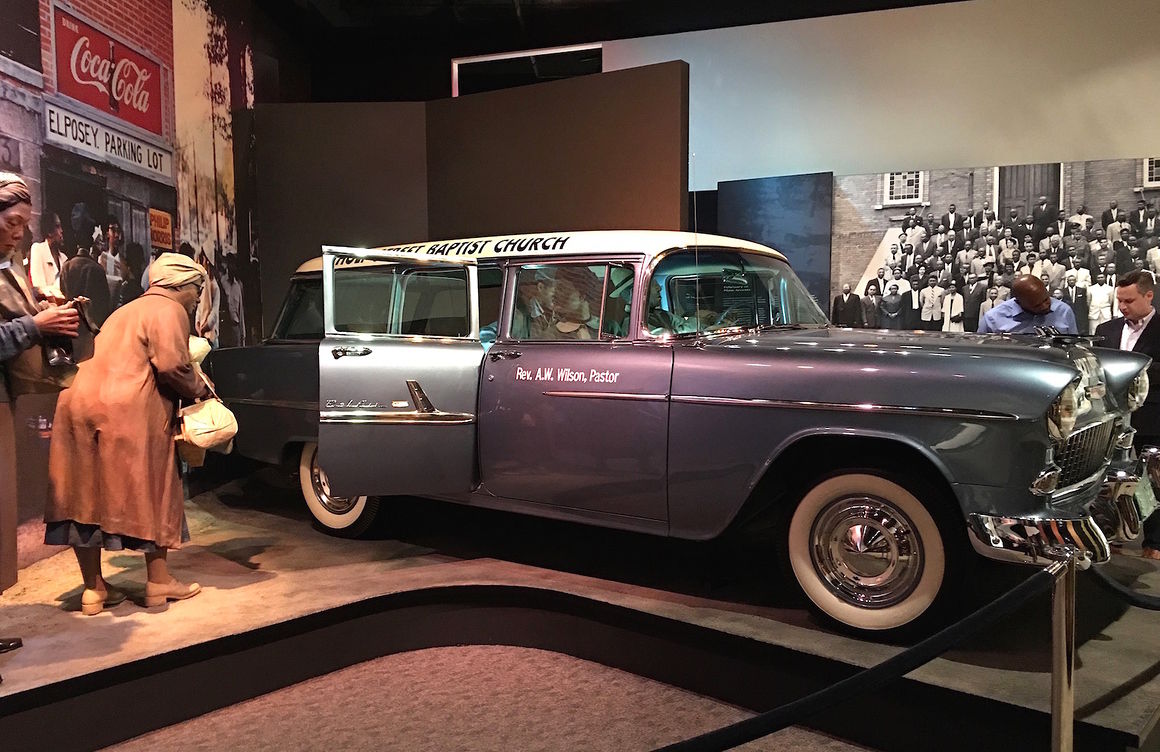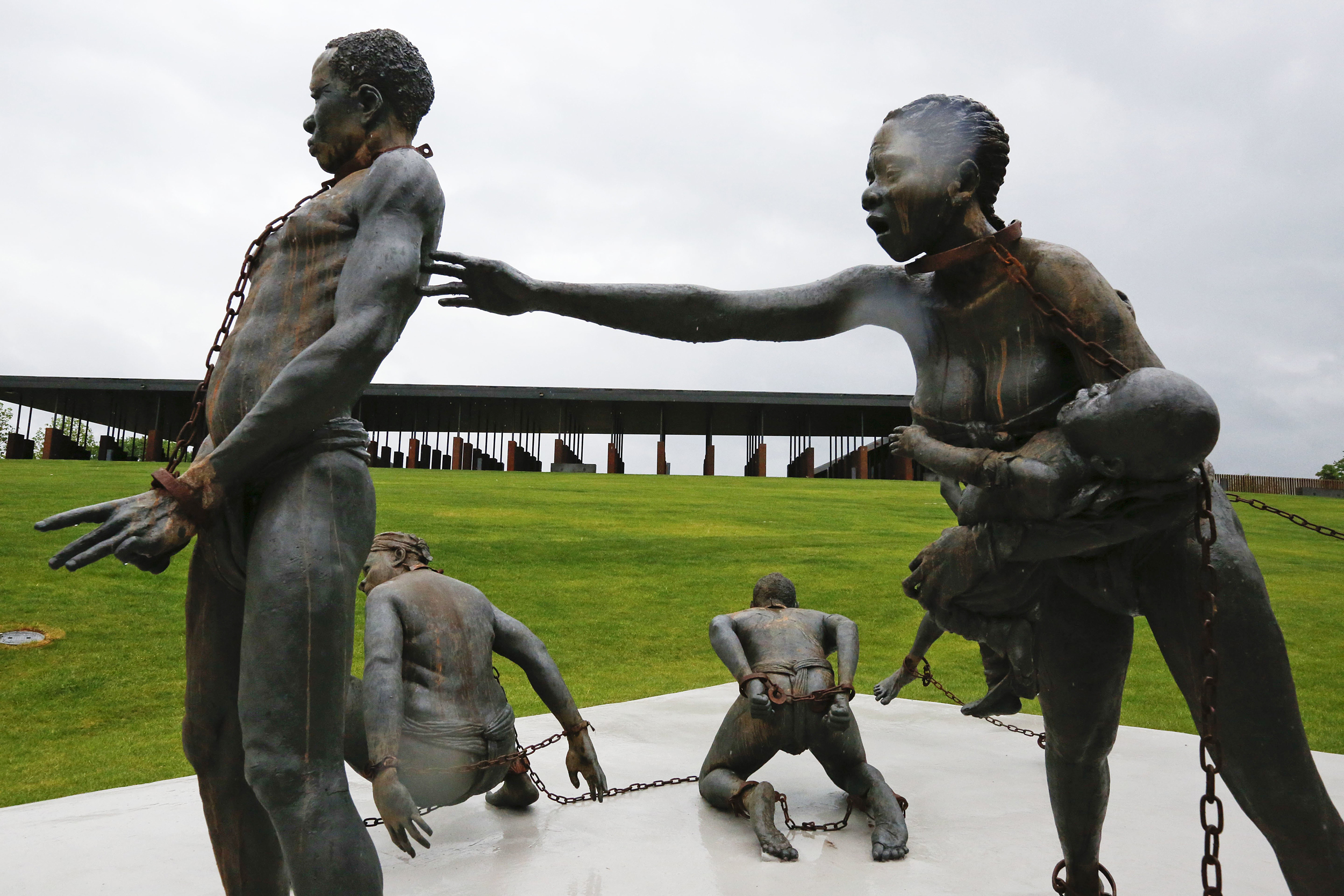The Alabama State Capital Has a Very Controversial Clock
For over 150 years, the Alabama State Capital has stood watch over the City of Montgomery from its hilltop setting.
This beautiful setting is a National Historic Landmark and a working museum of both state history and politics.
Completed in the year 1851, there have been several additions to the building over time.
The History of the Alabama State Capital
 The Alabama State Capital
The Alabama State CapitalIt was completely restored in 1992, and the street in front on the current building is where the Confederacy began, and where the Selma to Montgomery March ended.
The Governor and other executive branch officers still have offices in this building.
Located at 600 Dexter Avenue in downtown Montgomery, the hours are Monday thru Friday, from 9 AM to 4 PM.
The Confederacy began in the Senate chamber when some delegates from the southern states voted to establish a new law, effective February 1861.
A brass star on the west portico marks the location where Jefferson Davis actually stood to be inaugurated as the first and only President of the confederacy.
A little more the 100 years later, in the spring of 1965, the Selma to Montgomery March for voting rights culminated at these same capital steps.
It was at this time that the Rev. Martin Luther King Jr. gave perhaps the best speech of his entire life, to a huge crowd of over 25,000 people.
To this day, the Alabama State Capital is recognized as the official destination of the U.S. Civil Rights Trail that has over 100 locations in 14 states.
However, contrary to a lot of misconception, Montgomery was not the first city to serve as the capital.
In fact, Alabama has had five political capitals during its history.
The first was the territorial capital in St. Stephens’s in 1817 that was quickly followed by the state convention in Huntsville in 1819.
The first permanent capital was in the city of Cahaba in 1820, and then it was moved to Tuscaloosa in 1826.
Finally, it was moved permanently to the city of Montgomery in the year 1846.
Spurred by the rapid expansion in the state, the state legislature chose this location, to have it more centrally located in the state.
Andrew Dexter, the gentleman whom its location Dexter Avenue is named after, was one of the earliest promoters of this central location.
He had reserved a portion of his property known as “Goat Hill” for the actual location of the new state house.
One of the main features to its choice was the cession of the Creek lands that moved the boundary of Alabama eastward.
This placed Montgomery close to the actual geographic center of the state.
But there were other factors that went into the decision including free land, the developing railroad, and the funds the city was raising to finance the construction of the building,
An architect form Philadelphia, Stephen Button, developed the first building that was completed in the year 1847.
However, it burned to the ground just over 2 years later in 1849, an in 1851, the present building for the Alabama State Capital was built.
It was also built in the Greek revival style and was constructed on the previous building's foundation.
Daniel Pratt is believed to have helped a committee design the new building, and Horace King helped with the woodwork.
An African American, Mr., King was a master carpenter and he personally executed much of the woodwork.
The woodwork was very extensive and included the three-story spiral stairways that dominate the entrance to the building.
The state has expanded the building three times; the rear wings in 1885, the side wings in 1912, and the rear wing extension in 1992.
The Current Alabama State Capital Building and The Clock
 The Clock On The Alabama State Building
The Clock On The Alabama State BuildingThe current building of the Alabama State Capital was first occupied by the Alabama Legislature on October 1, 1851.
The clock over the portico was installed in 1852, and the clock, along with a bell, was purchased by the City of Montgomery and presented to the state the same year.
In proportion to the capital building, the clock appears as a square white box with black dials and looks to be crowned with a gabled roof.
The dials are 10 feet in diameter with 4-foot minute hands, and 3-foot hour hands.
It has been criticized as architecturally inappropriate on several occasions but has remained a main stay at the bequest of the representatives.
The Alabama State Capital is one of the most interesting and educational of any of the Montgomery day trips.
References
https://ahc.alabama.gov/AlabamaStateCapitolHistoryFacts.aspx

Alabama Gift Store
Numerous Items for You and Your Family to Enjoy
See it here at the Gift Store
Copyright 2019-2023 Alabamabackroads.com
All Rights Reserved



















